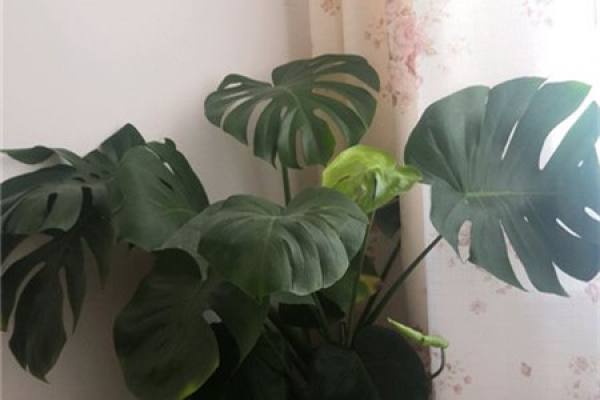Fairy Cave Turtle Back Bamboo is also called Porous Turtle Back Bamboo. Compared with the ordinary Turtle back bamboo, this species appears smaller, and the leaves are entire, but there are holes inside, while the ordinary species often have a notch in the leaf margin.In addition, their growth habits are also very similar.But the former is more resistant to high temperature, but also more resistant to shade, while afraid of exposure, the latter's cold resistance is slightly better, but the difference is not big.

The two species are perennial herbaceous plants belonging to the same family and genus. Both of them belong to the Araceae family and are native to Mexico. They are introduced and cultivated around the world for their unique ornamental value.Because the former is smaller, it is often decorated on the windowsill or table, while the latter is more suitable on the floor of the living room.

1, Fairy Cave Turtle Back Bamboo: This plant leaves for the paper, oval shape, length between 12-15 cm.The surface of the leaves is dark green and very smooth, with oval holes in the middle.The whole is relatively compact, and strong shade resistance, usually placed in places without direct light, hi high temperature is not cold-resistant.

2. Turtle back bamboo: As a climbing shrub, this plant tends to be larger in shape, with mostly ovate leaves, thick leathery texture, light green surface color, rough back, and sharp edges.It is suitable for growing in warm and humid places, usually do a good job of shading, while ensuring adequate water, so as not to plant drought.